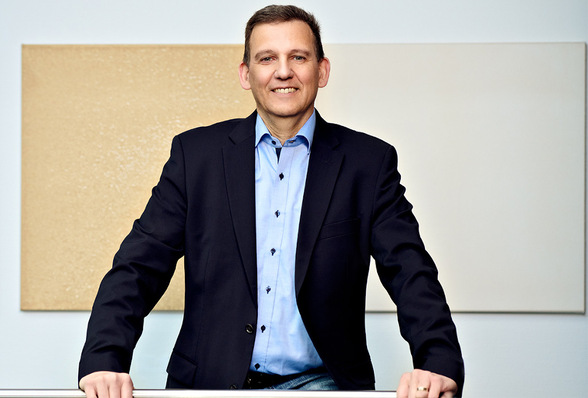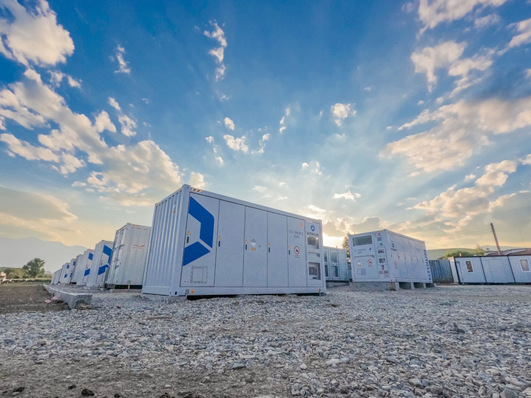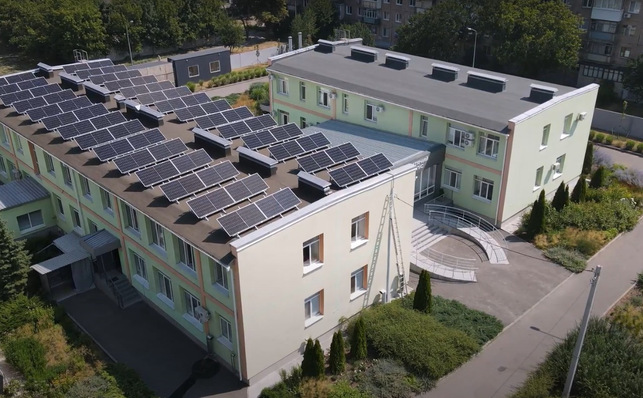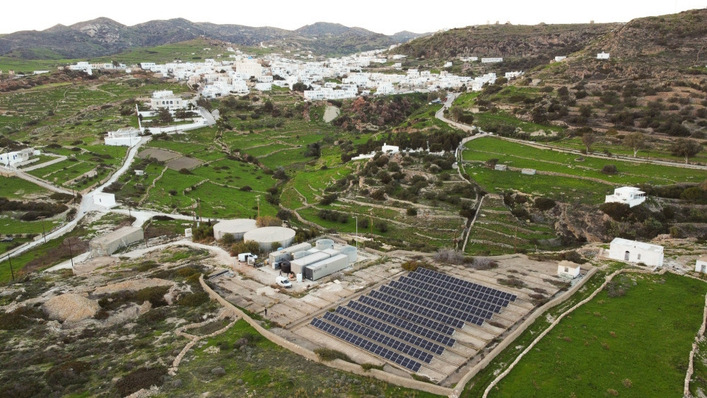Renewable energies are already cheaper than fossil and nuclear forms of energy. The cost of solar energy has fallen by 83 percent since 2009, and that of wind energy by 63 percent. At the same time, the cost of nuclear power plants has risen by 46 percent. Nuclear power is now the most expensive source of energy worldwide, even more expensive than gas-fired power plants, according to analysts at the renowned US bank Lazard.
In 2023, significantly more new power plant capacity from solar and wind was installed worldwide than the total capacity installed by nuclear power plants in recent decades. As early as 2019, solar, wind and biomass generated more electricity than nuclear power for the first time. The expansion of nuclear power plants has largely come to a standstill worldwide following the construction boom of the 1970s and 1980s. The historic high of 17.6 percent of global electricity production in 1996 has fallen continuously since then and has been consistently below ten percent since 2021. At the same time, the share of renewable energies is steadily increasing, and in 2023 they accounted for 30% of global electricity production.
SMRs no option -highter costs and increase in nuclear transportation
In addition, the construction of new nuclear power plants is both costly and time-consuming, which makes them not a viable solution for achieving climate targets. This is clearly illustrated by prominent examples such as Hinkley Point C in the UK and Olkiluoto 3 in Finland. The costs of both projects have risen sharply, doubling or even quadrupling. While construction in the UK is currently expected to take 15 years instead of nine, Olkiluoto 3 took a total of 18 years to build. Even investors are reluctant to invest due to the construction time and high costs.
Even small, modular nuclear reactors (SMRs), which are occasionally put forward as a future solution, will not prevail, as the Federal Office for the Safety of Nuclear Waste Management (BASE) found in a recent report. Due to the low electrical output of SMRs, the specific construction costs are higher than for large nuclear power plants due to the loss of economies of scale. In addition, the operation of these plants, of which several thousand would be required, leads to a significant increase in nuclear transportation for supply and disposal. According to BASE, these reactors will not be used to any relevant extent until the middle of this century.
Renewable energy supply 24/27 already possible
These facts all show that nuclear power is a technology from the day before yesterday. This bridging technology from the last century no longer has a future. It is complicated to operate, the construction of new power plants takes a long time and their dismantling is costly.
Also see: Nuclear power displaces green electricity from the power grid
Only wind, solar and other renewable energies are sustainable. The question of how to deal with nuclear waste, which is still unresolved today, shows what a burden this form of energy entails. What was once considered a bridging technology no longer has a future and runs counter to sustainability goals.
The future of energy supply lies in renewable energies. They are cost-effective, clean and can be used decentrally - and above all are already available across the board and can be put into operation quickly. Currently operational technology already enables a renewable energy supply 24/7.
See also: The fairy tale of cheap French nuclear power
Instead of debating technologies from the day before yesterday, we should focus on accelerating the use of renewable energies. This is the only way to achieve our climate targets, reduce electricity costs and ensure a reliable energy supply around the clock. (ME/hcn)









